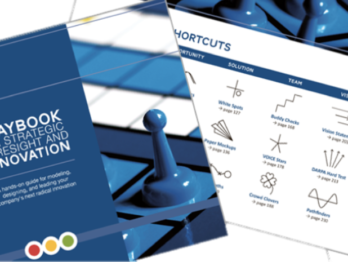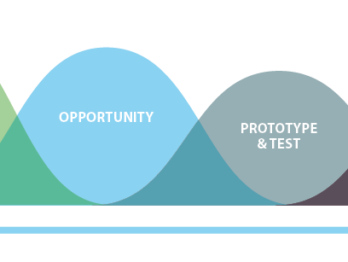How can I demonstrate the value of anticipation, and how can I evaluate anticipatory work?

Anticipatory Innovation is the ability of organisations to consistently perceive, understand and act on the future as it emerges in the present. Anticipatory work has multiple different ways to add value depending on the context and one can only reasonably expect to achieve some of them—not all. The benefits of anticipatory processes are notoriously intangible and difficult to measure. A tendency in many organisations to do activities as one-offs can also contribute to an outcome where the results do not deliver the full potential benefit in decision-making. The first step to demonstrating the value of anticipation is therefore to know, from the outset, what value to expect. This is part of the purposing process.
Examples of the purpose of anticipation can be:
- National orientations
- Organisational strategy
- Policy planning
- Thematic exploration
- Whole-of-government anticipation
Value-add examples of anticipation can be:
- Innovations generated and implemented
- Problems reframed/new issues framed
- New policy narratives generated/adopted
- New shared insights/understandings
- Social capital/new constituencies engaged
- Organisational resilience/strategic renewal
- Process performance improvement
- Conflict avoidance
- Decisions made/supported/changed/confirmed/justified
- Visions/strategies/milestones identified/adopted
- Budget reallocation/new financial resources mobilised
In many cases, the benefits of anticipation are difficult or impossible to measure or even identify, especially in cases where the benefits are avoidance or mitigation of negative outcomes rather than the fulfilment of positive outcomes. This is because it is possible to compare the situation before and after something new was added; but the counterfactual needed to compare the situation with a crisis or problem that never materialised does not exist.
Hence, instead, some analysts advocate for evaluating the quality of the process of anticipation itself to determine the extent to which certain effective practices have been adopted. One example of a framework for such analysis is the Foresight Maturity Model, which assigns five levels ranging from “level 1, ad hoc” to “level 5, world class” for a range of foresight practices with accompanying indicators pertaining to:
- Leadership
- Framing
- Scanning
- Forecasting
- Visioning
- Planning
It should be noted that this model centres on foresight practices as something embedded and sustained in an organisation. Anticipatory work that occurs just once and delivers short lived value would contribute little to an organisation’s overall foresight maturity.
Recursive learning processes characterise some of the best examples of effective practice in anticipatory government. The Finnish national foresight system can be traced back to the 1990s; the Singaporean system has also undergone decades of refinement; and one of the most impactful government foresight projects, the Japanese National Institute of Science and Technology Policy Delphi survey, is also the world’s longest-running, having undergone review and adjustments every few years since the 1970s.





